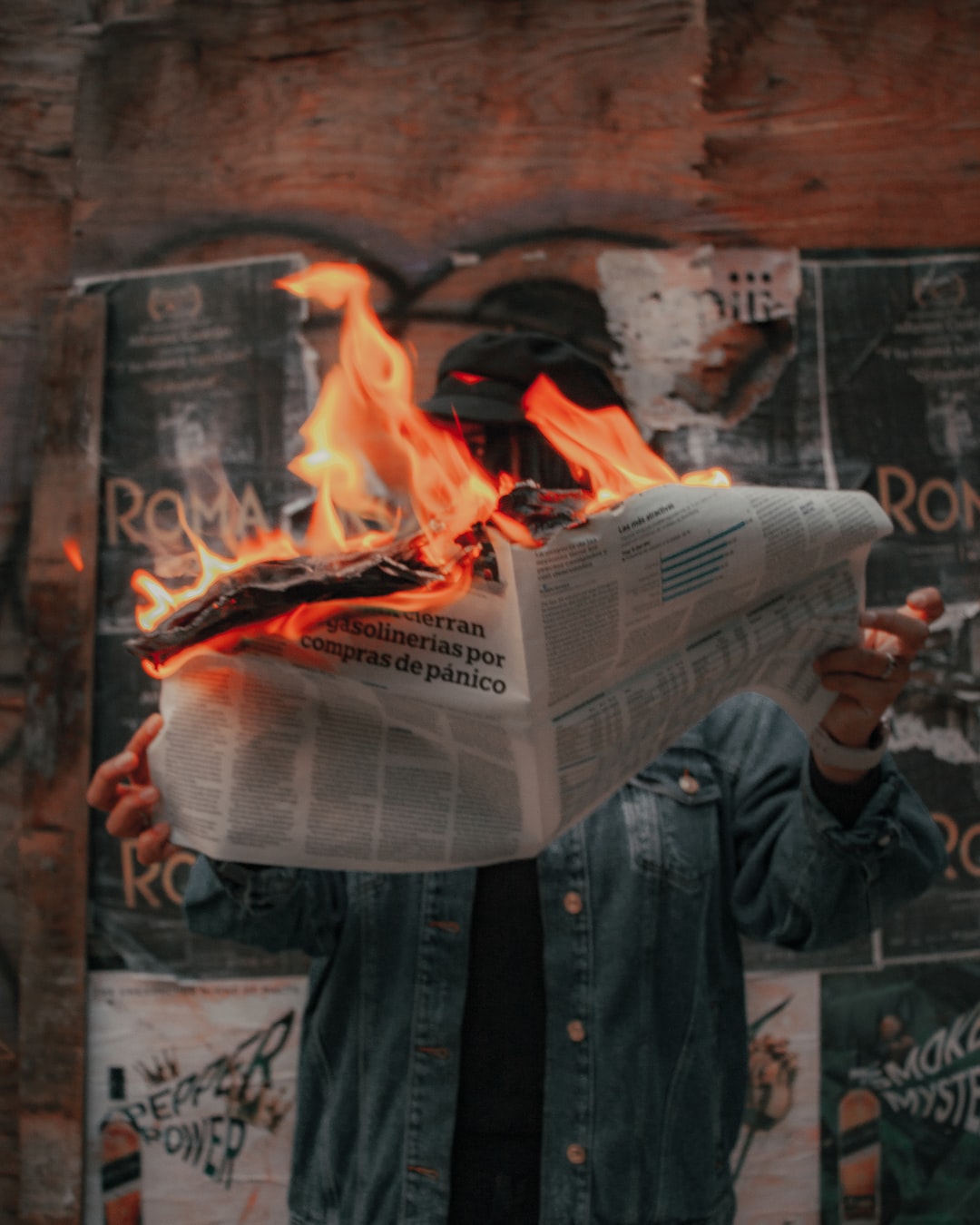Controversial Art Exhibition Sparks Debate on Freedom of Expression
Art has always been a powerful medium for self-expression. From Renaissance masterpieces to modern installations, artists have pushed boundaries and challenged societal norms. However, when an art exhibition sparks controversy, it ignites a heated debate on freedom of expression. Such is the case with a recent art exhibition that has been causing waves in the art world and beyond.
The exhibition, titled “Unveiling Taboos”, features a collection of artworks that delve into sensitive and controversial subjects, shaking the very foundation of what is considered acceptable in the art world. From sexually explicit photographs to politically charged paintings, the exhibition aims to challenge societal norms and encourage viewers to question their own perceptions and biases.
One of the most controversial pieces in the exhibition is a photograph depicting a naked woman bound in chains, titled “Breaking the Chains of Oppression”. While some argue that the artwork promotes female empowerment and draws attention to the subjugation of women in society, others believe it crosses the line into gratuitous and degrading imagery. This photograph, along with several other explicit pieces, has ignited a debate on whether art should have limits in order to protect societal values or if it should be allowed to push boundaries in the name of artistic expression.
The art world has long been a battleground for censorship and the freedom of expression. Throughout history, countless artists have faced criticism and backlash for their provocative works, challenging the status quo and forcing society to confront uncomfortable truths. One need only look at the controversies surrounding paintings like “Nude Descending a Staircase” by Marcel Duchamp or “The Last Judgment” by Michelangelo to understand the enduring power of controversial art.
However, in the age of social media and instant communication, the debate around controversial art has become more polarized than ever. With opinions being expressed online by people from all corners of the world, the potential for outrage and division is magnified. While some argue that this is a positive outcome, as it encourages open dialogue and the exploration of different perspectives, others claim that it silences dissenting voices and promotes a culture of cancel culture and online harassment.
The controversy surrounding the “Unveiling Taboos” exhibition highlights the need for a nuanced discussion on the balance between freedom of expression and protecting societal values. Artists have a responsibility to challenge norms and provoke thought, but they must also consider the potential impact of their work on individuals and communities. The art world should encourage artistic freedom while fostering an environment that respects and values diverse opinions.
One can argue that controversy is an integral part of the art world. It forces society to confront its own biases and challenges us to question the status quo. Not all art will resonate with everyone, and that’s perfectly okay. In fact, it’s a sign that art is doing its job – to provoke a response.
In conclusion, the controversy surrounding the “Unveiling Taboos” art exhibition sparks a necessary debate on freedom of expression. While some argue that certain artworks cross the line into gratuitousness and degrading imagery, others see them as thought-provoking and empowering. As the art world continues to evolve, it is crucial to strike a balance between artistic freedom and the responsibility to respect societal values. The controversies surrounding art are not new, but in the digital age, it is essential to engage in constructive dialogue and foster an environment of understanding and mutual respect. After all, art has the power to challenge, inspire, and shape our perceptions, and it is through these dynamic conversations that we can grow as individuals and as a society.
